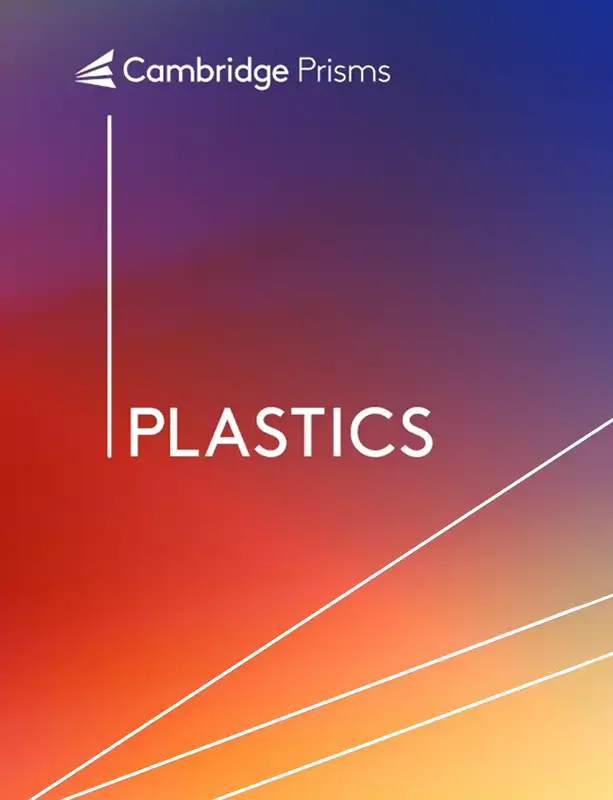A new chapter is unfolding in the global effort to understand how exposure to plastic chemicals harm human health.
Researchers are moving beyond simply linking plastic chemicals to poor health outcomes. They’re now beginning to identify causation: uncovering how specific chemicals, or combinations of them, are driving serious harms on our health and development. Minderoo, along with research partner The Florey, are leading the charge on this worldwide push.
Understanding cause is the holy grail in environmental health research – and one of the hardest things to prove.
Associations between the exposure to certain chemicals found in plastic and conditions including autism and attention-deficit hyperactivity disorder (ADHD) have been observed for years. But until recently, there hasn’t been enough evidence to show exactly why these links exist, or what happens inside the body once these chemicals are absorbed.
That’s changing.
Minderoo Foundation’s Dr Ahmed Elagali, a principal human health researcher, is at the forefront of this shift. He compares the process to what happens after a major train crash.
“Authorities look for the black box. It contains the critical information – what went wrong, and how to prevent it from happening again. That’s what we’re doing, where the ‘black box’ represents what happens in the human body,” he says.
To date, most research on chemicals found in plastic and human health harms has relied on observational studies.
These look at real-world exposure levels and correlate them with health outcomes. They’re important – especially when conducted across large, diverse populations – and they’ve consistently shown associations between chemicals like BPA or phthalates and negative health harms.
But correlation isn’t enough. Evidence for causation will help drive policy and regulation more effectively.
That’s where a new approach called hybrid epidemiology comes in.
Hybrid epidemiology combines large-scale observational data with biological, genetic, and molecular investigations. Scientists are essentially peering inside the “black box” of human physiology to identify how exposure to chemicals found in plastic trigger changes in the body and why some people are more vulnerable than others.
“We’re mapping the pathways,” Dr Elagali explains.

Explore the research
A new paper, Looking inside the black box – hybrid epidemiology approaches to identify causal inferences, addresses a key challenge in environmental health research – the inability of traditional methods to clearly show how plastic chemicals cause harm or interact with each other, and how using hybrid epidemiology charts a path towards a deeper understanding of exposure-disease relationships.
In late 2024, two groundbreaking Australian studies led by Minderoo scientists, in collaboration with colleagues from The Florey, helped turn the corner from association to causation.
One, led by The Florey’s Professor Anne-Louise Ponsonby and involving Minderoo’s Dr Christos Symeonides, found a strong link between prenatal exposure to bisphenol A (BPA) and autism, particularly in boys.
But more than that, it showed why. The research identified a key enzyme critical for brain development in boys that is disrupted by BPA exposure. Boys with naturally lower levels of this enzyme, when exposed to high BPA levels in the womb, had significantly higher odds of developing autism.
The second study, led by Minderoo’s Dr Ahmed Elagali, focused on phthalates: a common group of chemicals used in plastics. The research confirmed known associations between prenatal phthalate exposure and both autism and ADHD. But it went further by demonstrating that genetic predisposition to inflammation made some children particularly vulnerable. In other words, how the body responds to exposure matters and for some, that response is more harmful than for others.
Together, these studies add to a growing body of research, including the Umbrella Review led by Minderoo Foundation.
Now, researchers are uncovering the mechanisms – the “how” – behind the consistent and statistically significant evidence of human health harms from chemicals found in plastic.
We’re constantly steeped in a brew of synthetic substances, hundreds of them, interacting in ways that are difficult to predict or isolate. This chemical concoction makes it hard to pinpoint which ingredients are driving harm, and how they may be working together to affect our health.
Hybrid epidemiology helps tackle this complexity. Using advanced modelling techniques, scientists are starting to untangle the effects of mixtures of chemicals and identify which combinations are particularly harmful.
This kind of evidence is not just academically valuable; it’s politically powerful.
As nations approach the final negotiations for a Global Plastics Treaty, the ability to point to clear, causal pathways to harm from specific plastic chemicals strengthens the case for strong regulation under Article 3.
The work led by Minderoo Foundation is moving us into a new phase of plastic health science: one grounded in causation, mechanism, and clarity.
It’s the type of evidence that’s impossible for governments and industry to ignore.
As Dr Elagali puts it: “When we understand what happens inside the body, when we can explain the exact mechanism of harm we’re no longer speculating. We’re showing that regulatory action isn’t just necessary, it’s urgent.”